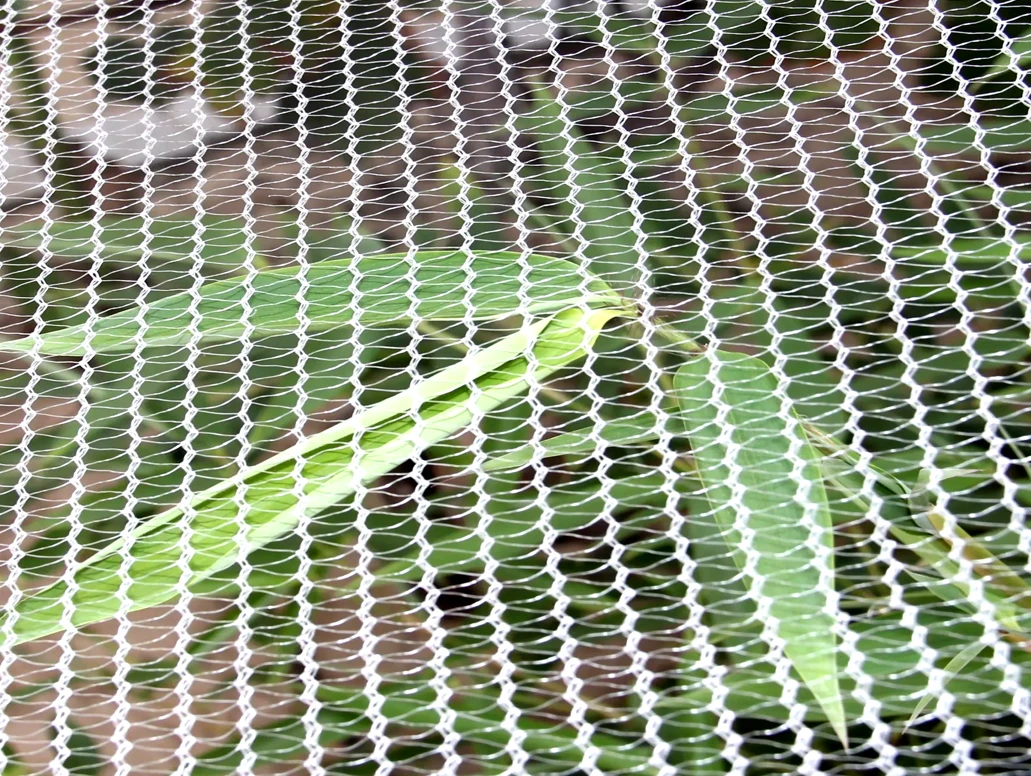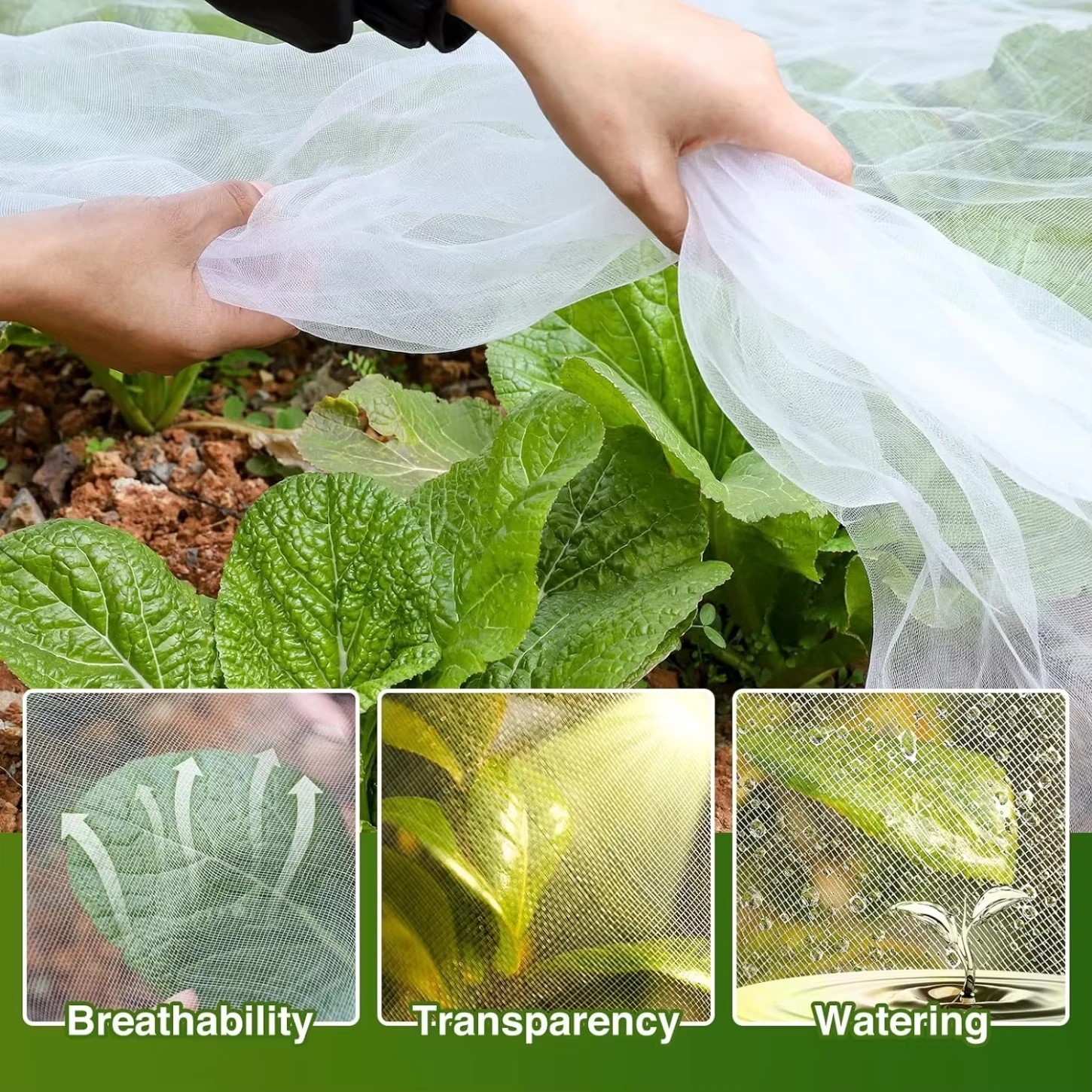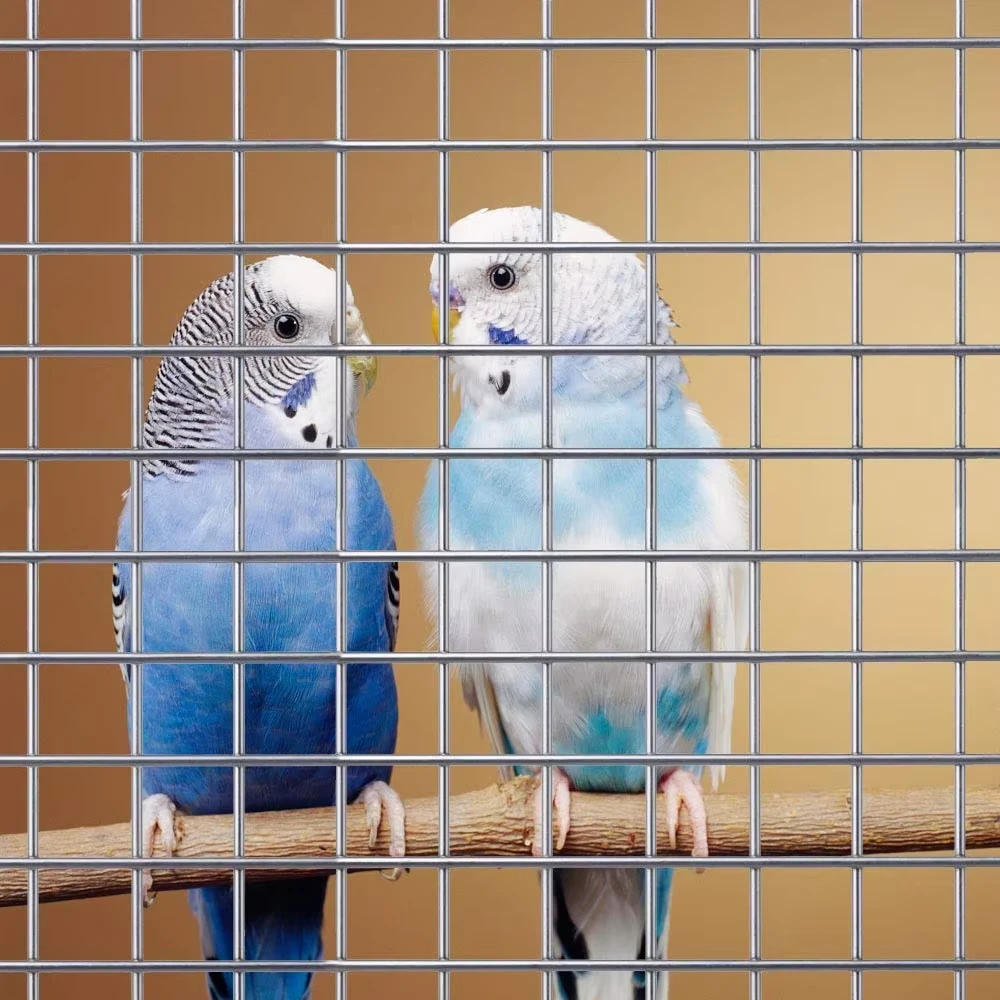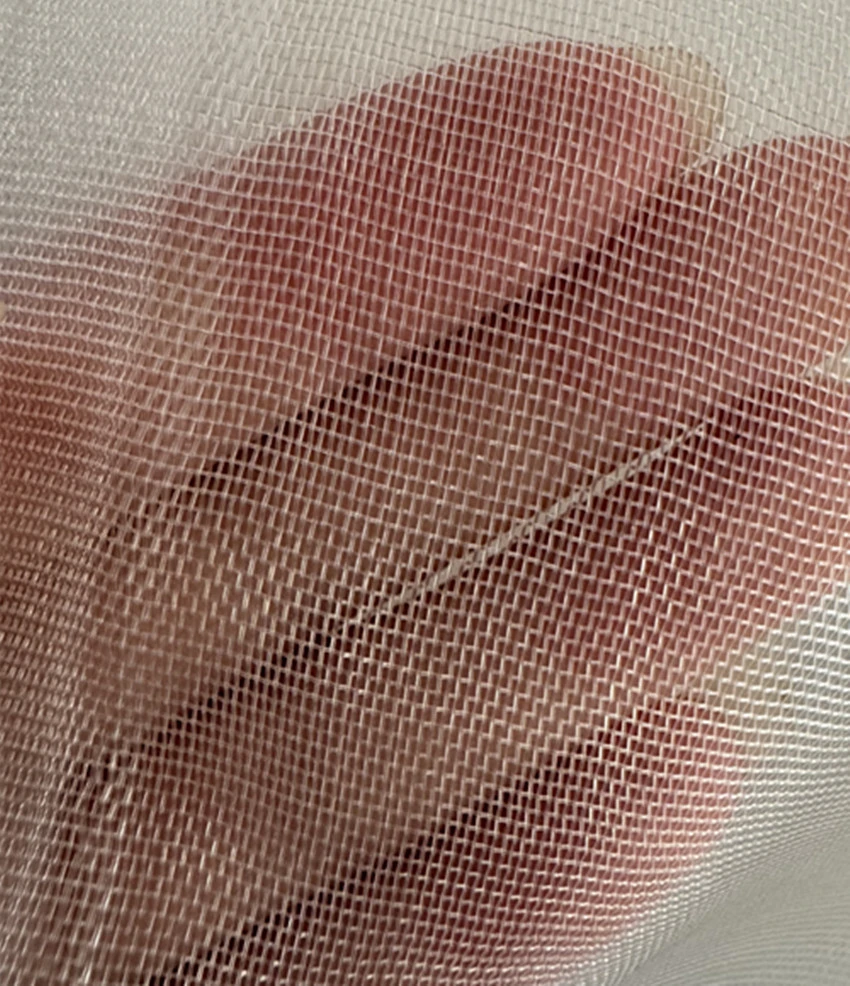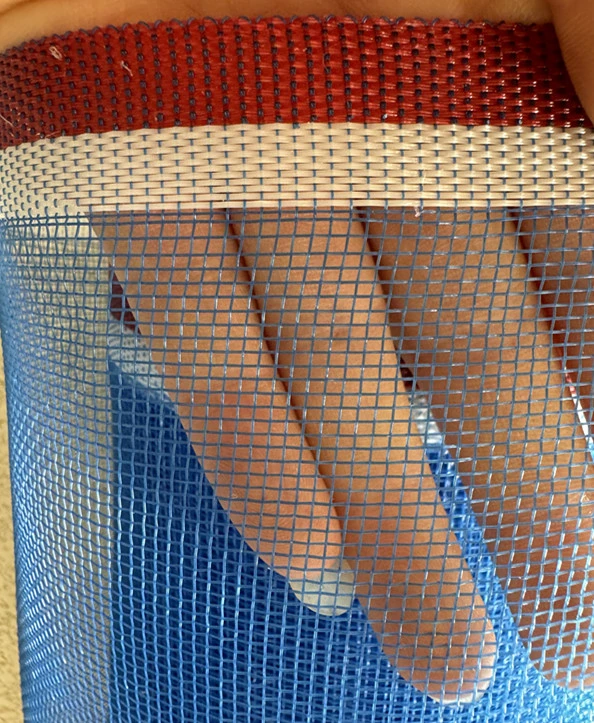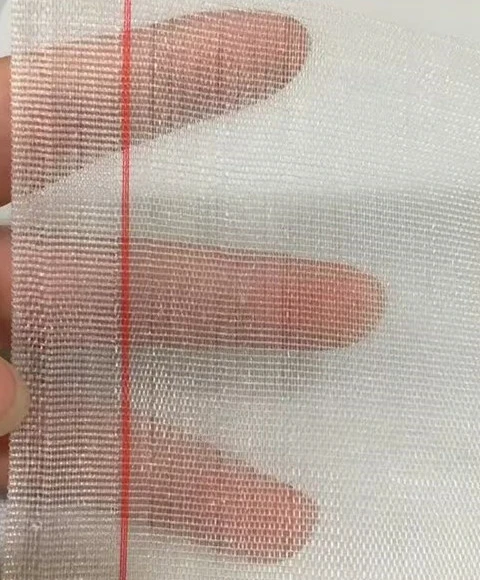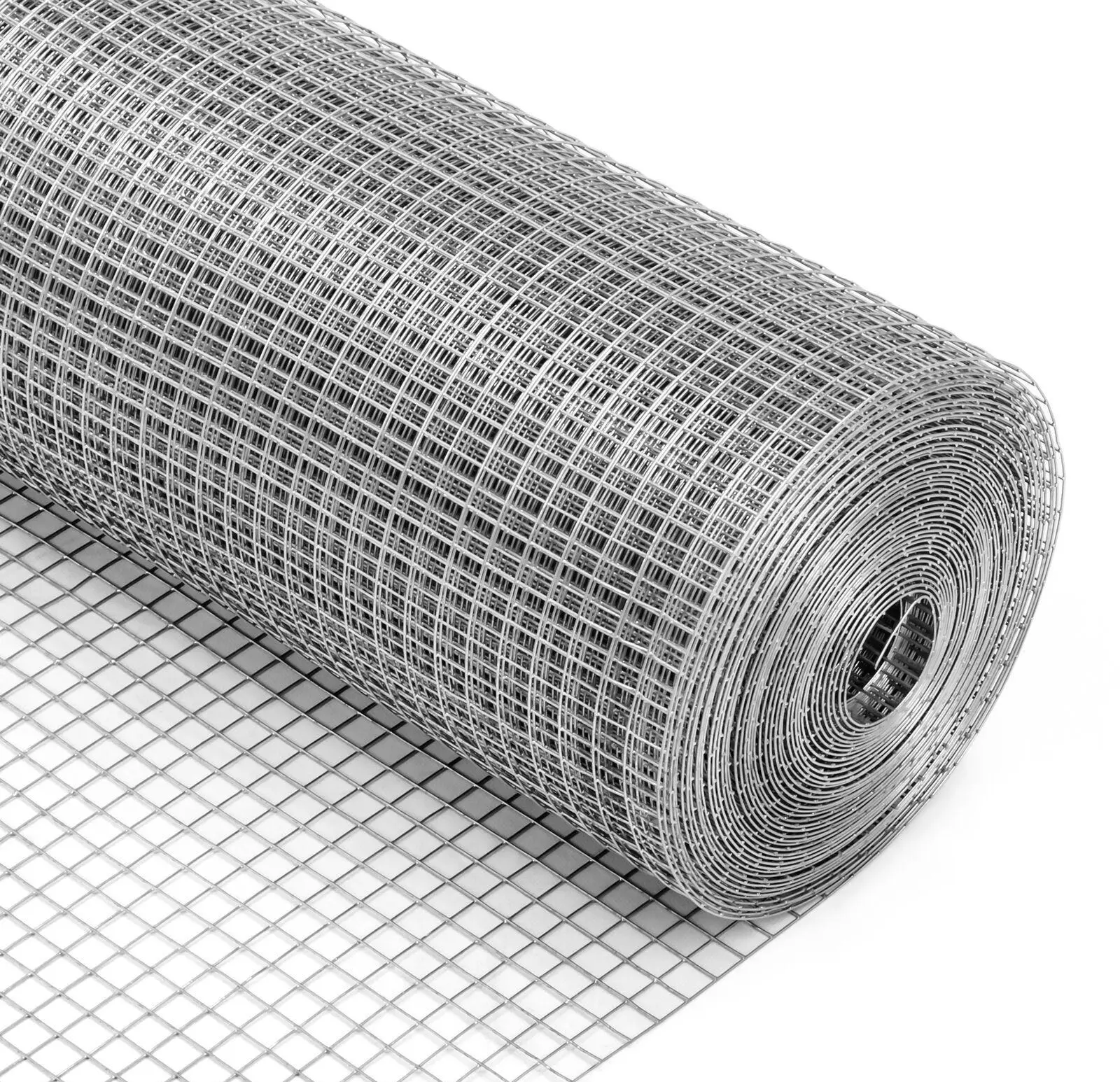Bird Netting: Durable, Humane, UV-Resistant Pest Control
Knitted HDPE Bird Protection Nets: What’s Working on Farms and Facilities Right Now
If you’ve ever walked an orchard after a week of starlings, you already know why Bird Netting keeps showing up on procurement lists. The product I’ve been seeing most this season is a 20x20 mm mesh knitted HDPE roll—lightweight but surprisingly tough. Origin: China, yes, but not the disposable kind. UV-stabilized, heat-set, and meant to live outdoors without giving up after the second summer.

What’s trending (and what’s hype)
Growers are ditching ad‑hoc tapes and spikes for full-canopy Bird Netting, especially on berries, cherries, and vineyard rows. Solar farms and warehouse operators are quietly joining in, by the way—droppings are costly and corrosive. Biodegradable options get attention at conferences, but in real-world use, UV-stabilized HDPE still leads on total cost of ownership. Black nets dominate because they survive sun better; green is popular where visibility matters.
Core specs of the 20x20 mm knitted net
| Parameter | Typical Value (≈ / real-world may vary) |
|---|---|
| Material | HDPE, UV-stabilized (anti-oxidation additives) |
| Mesh size | 20 × 20 mm, knitted (knotless); knotted option available |
| Weight | ≈ 25–35 g/m² |
| Tensile (strand) | ≈ 35–60 N (ISO 1806 method on comparable netting) |
| UV exposure retention | ≥ 80% strength after 2,000 h QUV (ASTM G154/ISO 4892-3) |
| Service life | ≈ 5–8 years outdoors (latitude, chemistry, handling affect result) |
| Sizes | Widths 2–20 m; rolls 50–200 m |
| Colors | Black, Green; custom on request |
| Compliance | RoHS/REACH (materials), ISO 9001 manufacturing |
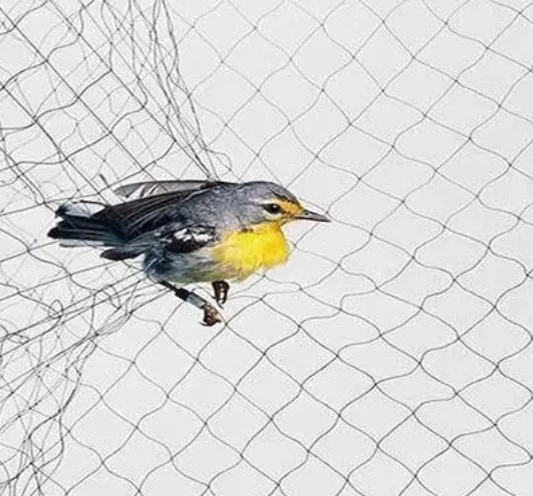
How it’s made (quick process flow)
- Materials: HDPE pellets + UV absorbers/antioxidants, color masterbatch.
- Extrusion & drawing: monofilaments drawn for tensile stability.
- Knitting: Raschel machines form uniform 20×20 mm apertures; heat-setting to lock geometry.
- Edging: selvage reinforcement; optional hem/eyelets for quicker rigging.
- Testing: mesh gauge checks, tensile per ISO 1806, QUV per ASTM G154/ISO 4892-3, visual defects.
- Packing: roll wrap with UV-inhibiting film; label traceability (lot/date).
Where people are using it
Orchards, vineyards, berry tunnels, fish farms, warehouse eaves, stadium rafters, solar arrays, even balcony gardens. Many customers say the lighter knitted style is easier to drape over hoops and retract for harvest. To be honest, installation hardware matters as much as the net—clips, cable, and zip ties that don’t chalk in sun save rework.
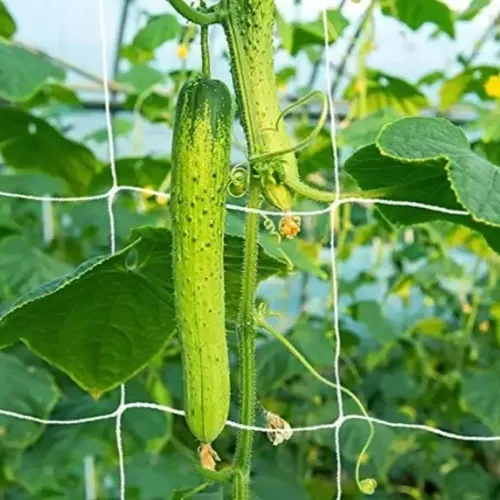
Vendor snapshot (what differs in the market)
| Vendor | UV Package | GSM | Certifications | Warranty | Lead Time |
|---|---|---|---|---|---|
| YJ Wire Mesh (China) | HALS + UV absorbers | ≈ 25–35 | ISO 9001; RoHS/REACH | 3–5 yrs (site-dependent) | 2–4 weeks |
| Generic Low-Cost Import | Basic carbon black | ≈ 20–25 | Self-declared | 1–2 yrs | 1–3 weeks |
| Premium EU Brand | Enhanced HALS | ≈ 30–40 | ISO/SGS dossiers | 5 yrs+ | 4–8 weeks |

Customization and options
Mesh apertures 15–30 mm, edge rope, pre-sewn hems, color, cut-to-panel kits, flame-retardant additives (project-specific), and ID tags. For delicate fruit, softer knotless Bird Netting reduces abrasion. Many buyers request 100 m rolls; for stadiums, prefabricated panels reduce lift time.
Field notes and quick case studies
- Blueberry farm, WA: reported 12–18% yield recovery after switching to 20×20 mm knitted Bird Netting; net reuse into season 6 with minor edge repairs.
- 200 MW solar site, AU: perimeter and inverter-bay screening cut bird-related cleaning costs ≈ 60% (O&M figures, client-reported).
Test data from one batch: after 1,000 h QUV, tensile retention measured 85–92%; elongation stayed stable. Not laboratory-perfect, but for sun, wind, and a bit of farm equipment—good.

Installation tips (hard-won)
- Tension modestly; avoid point loads on sharp rafters.
- Use UV-safe ties/clips; ordinary nylon can chalk fast.
- Label panels by bay; you’ll thank yourself at harvest.
- Rinse fertilizer overspray; chemistry speeds aging.
Standards and compliance used in evaluation: ISO 1806 (knot/mesh breaking force), ASTM G154 / ISO 4892-3 (UV exposure), ISO 9001 (QMS), REACH/RoHS for materials.
- ISO 1806:2018 – Fishing nets — Determination of mesh breaking force of netting.
- ASTM G154-16 – Standard Practice for Operating Fluorescent UV Lamp Apparatus for Exposure of Nonmetallic Materials.
- ISO 4892-3:2016 – Plastics — Methods of exposure to laboratory light sources — Fluorescent UV lamps.
- ISO 9001:2015 – Quality management systems — Requirements.
- EU REACH Regulation (EC) No 1907/2006 & RoHS Directive 2011/65/EU (material restrictions).
-
Anti Hail Net | UV-Stable, High-Strength Orchard ShieldNewsNov.17,2025
-
Anti Bird Netting – UV-Stable, Durable, Humane ProtectionNewsNov.17,2025
-
Welded Wire - Durable, Rust-Resistant Mesh, Custom SizesNewsNov.17,2025
-
Garden Mesh Sun Shade – UV-Resistant, Durable, Custom SizesNewsNov.17,2025
-
Bird in Net Solution: Humane, UV-Resistant Bird NettingNewsNov.17,2025
-
Stainless Steel Filters: Durable, Washable, High-FlowNewsNov.10,2025





